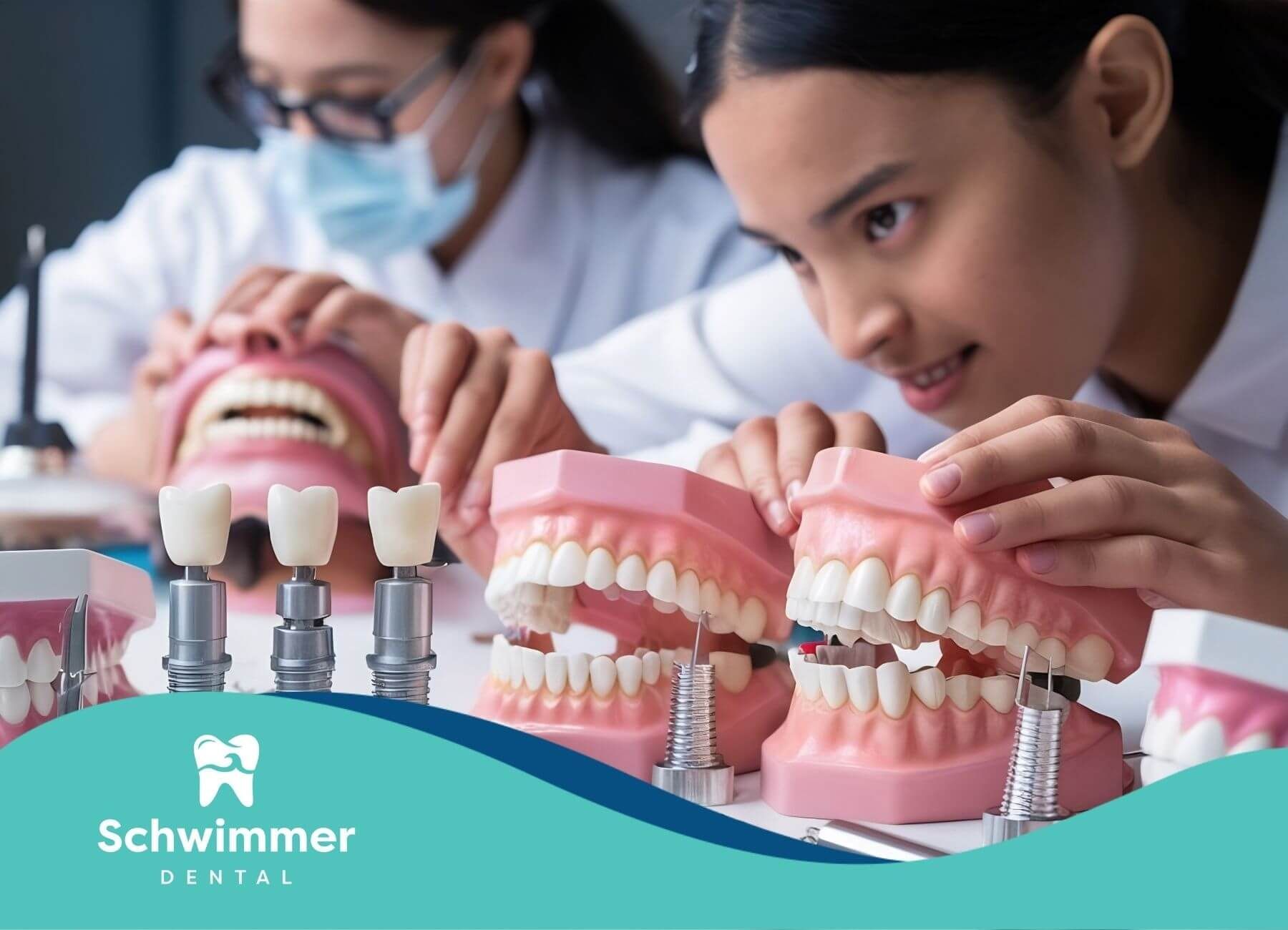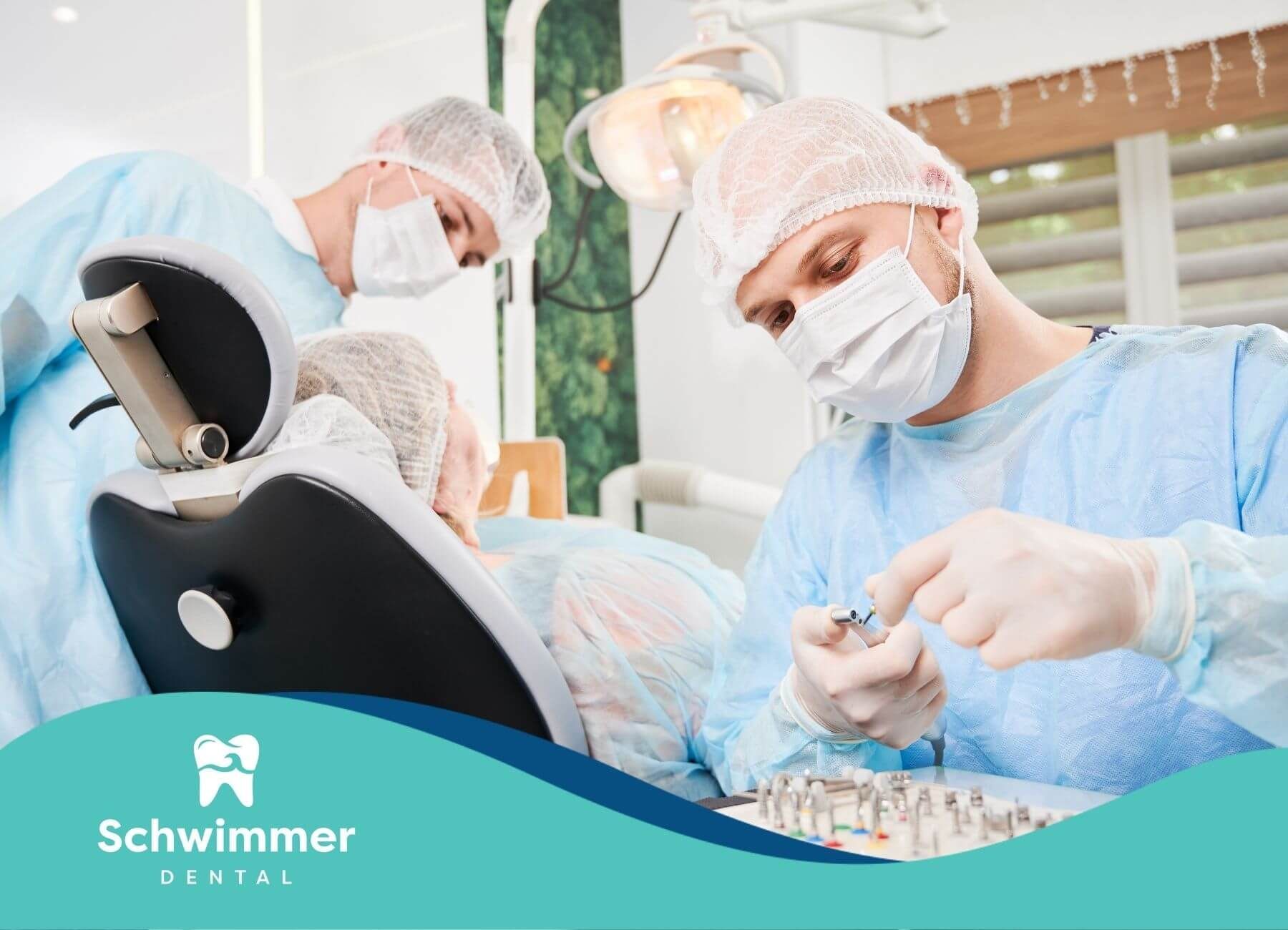Sinus Augmentation: A Complete Guide to the Procedure
When it comes to preparing for dental implants in the upper jaw, one of the most important—and sometimes necessary—procedures is sinus augmentation, also known as a sinus lift. This surgical treatment has become increasingly common, particularly for patients who have experienced bone loss or do not have enough bone height in the upper jaw to support implants.
If your dentist or oral surgeon has recommended sinus augmentation, you may have questions or concerns about what the procedure involves, how long recovery takes, and what to expect long term. This detailed guide will answer all those questions and more, helping you make informed decisions about your oral health.
What Is Sinus Augmentation?
Sinus augmentation is a type of oral surgery that adds bone to the upper jaw, specifically in the area of your molars and premolars, to create a solid foundation for dental implants. The procedure involves lifting the sinus membrane (which sits just above your upper jawbone) and placing a bone graft in the space between your jaw and the sinus floor.
Over time, the grafted bone integrates with your natural bone, providing the stability needed to hold a dental implant securely.
Why Is Sinus Augmentation Necessary?
The need for sinus augmentation typically arises when:
- There isn’t enough bone height in the upper jaw, especially in the back molar region.
- The maxillary sinuses are too close to the jawbone, making implant placement risky without additional bone.
- Bone loss has occurred, either due to periodontal disease, trauma, or long-term tooth loss.
Without enough bone, implants can fail to properly integrate, which compromises their longevity and functionality. Sinus augmentation increases the success rate of implants by ensuring there is adequate bone mass.
Common Causes of Upper Jaw Bone Loss
Several factors contribute to bone loss in the upper jaw:
- Tooth extraction without subsequent implant placement can lead to bone resorption.
- Periodontal disease damages the supporting bone over time.
- Aging leads to natural bone shrinkage.
- Anatomy: Some people naturally have larger sinuses or thinner jawbones, leaving less space for implants.
- Medical conditions like osteoporosis may reduce bone density.
Sinus augmentation helps to reverse some of these issues by rebuilding the bone needed for dental restoration.
Types of Sinus Augmentation Procedures
There are two main types of sinus lift procedures, and your oral surgeon will determine the best one based on your individual needs:
1. Lateral Window Technique (Traditional Sinus Lift)
- A small incision is made in the gum tissue.
- A window is created on the side of the sinus wall.
- The sinus membrane is carefully lifted.
- Bone graft material is placed beneath the membrane.
- The incision is closed and healing begins.
This method is typically used when a significant amount of bone needs to be added.
2. Osteotome Technique (Crestal Sinus Lift)
- A less invasive approach performed through the implant site.
- Special instruments are used to gently elevate the sinus membrane.
- Bone graft is added through the implant socket.
- Often performed when minimal bone height is required.
This is a good option when some bone is already present but a small lift is needed.
What Kind of Bone Graft Material Is Used?
Sinus augmentation uses various bone graft materials, including:
- Autogenous bone grafts: Taken from the patient’s own body (usually the hip or another area of the mouth).
- Allografts: Sourced from human donors.
- Xenografts: Taken from animal sources, typically bovine.
- Alloplasts: Synthetic bone graft materials.
All of these materials are thoroughly sterilized and chosen based on compatibility, availability, and the specific needs of the patient.
The Sinus Augmentation Procedure: Step-by-Step
1. Consultation and Imaging
Your dentist or oral surgeon will review your medical history, examine your mouth, and take detailed images (usually CBCT scans) to evaluate bone height and sinus anatomy.
2. Anesthesia
Local anesthesia is typically used, and sedation may be offered for patients who experience anxiety.
3. Incision and Access
An incision is made to expose the bone, and a small opening is created to access the sinus cavity.
4. Lifting the Sinus Membrane
The sinus membrane is gently pushed upward to make room for the bone graft.
5. Placing the Bone Graft
The grafting material is placed in the newly created space.
6. Suturing
The incision is closed with stitches, and healing begins.
Recovery After Sinus Augmentation
Recovery time varies by patient, but generally includes the following stages:
Immediate Recovery (First Week)
- Mild swelling and discomfort are common.
- Your dentist may prescribe pain medications and antibiotics.
- Avoid blowing your nose or sneezing forcefully.
- Soft food diet and limited physical activity are recommended.
Short-Term Healing (1–2 Months)
- Gums will begin to heal.
- Bone graft starts to integrate.
- Follow-up appointments monitor progress.
Long-Term Healing (4–9 Months)
- Full integration of the grafted bone.
- Dental implant placement is scheduled once adequate bone growth has occurred.
Risks and Complications of Sinus Augmentation
Like any surgical procedure, sinus augmentation carries some risks. These are generally rare but can include:
- Sinus membrane perforation
- Infection
- Inflammation or sinusitis
- Graft failure
- Prolonged bleeding or swelling
Working with an experienced oral surgeon greatly reduces the risk of complications. Proper aftercare and follow-up also support successful healing.
How to Prepare for a Sinus Augmentation
To prepare for your procedure, your dental team may recommend:
- Stopping certain medications, such as blood thinners, before surgery.
- Quitting smoking, which can impede healing.
- Planning your schedule to allow rest and recovery time after surgery.
- Arranging for a ride home, especially if sedation is used.
Proper preparation helps ensure a smoother surgery and recovery.
Who Is a Good Candidate for Sinus Augmentation?
You may be a good candidate if:
- You are missing upper molars or premolars and want implants.
- You have insufficient bone height in the upper jaw.
- Your sinuses are too close to the jaw for implants to be safely placed.
- You are in good overall health with no active infections.
A thorough evaluation with your dentist will determine your candidacy.
Alternatives to Sinus Augmentation
In some cases, alternatives may be considered:
- Short dental implants: May avoid the sinus area.
- Angled implants (zygomatic implants): Longer implants anchored in the cheekbone.
- Bone grafting in other areas: To build up the jaw before implant placement.
Your dentist will assess whether these are suitable options based on your specific case.
Cost of Sinus Augmentation
The cost of sinus augmentation can vary depending on:
- The type of procedure performed
- The amount and type of bone graft material used
- Whether sedation is required
- Geographic location and dental office fees
On average, the cost may range from $1,500 to $5,000 per side, not including the cost of dental implants. Some insurance plans may cover part of the procedure if it’s deemed medically necessary.
Long-Term Outlook and Success Rate
Sinus augmentation has a high success rate, especially when performed by a qualified oral surgeon. Once healed, the added bone provides a strong and lasting foundation for dental implants, restoring both function and aesthetics to the upper jaw.
With proper oral hygiene, regular dental visits, and good overall health, implants placed after sinus augmentation can last for many years—even a lifetime.
Conclusion
Sinus augmentation is a proven and effective method for patients who need more bone in the upper jaw before receiving dental implants. While the idea of sinus surgery may seem intimidating, the procedure is safe, predictable, and well-tolerated by most patients. It provides a reliable foundation for implants and helps restore a confident, functional smile.
If you are considering dental implants but have been told there isn’t enough bone in your upper jaw, contact Schwimmer Dental. With years of experience in implant and restorative dentistry, they offer personalized treatment plans and advanced surgical options to support your long-term oral health.
Frequently Asked Questions
How long do I have to wait after sinus augmentation before getting implants?
In most cases, patients wait 4 to 9 months after sinus augmentation to allow the bone graft to fully integrate before placing dental implants.
Is sinus augmentation painful?
The procedure is performed under local anesthesia, and most patients experience only mild discomfort afterward, which can be managed with over-the-counter pain relievers.
Can sinus augmentation fail?
Although rare, failure can occur due to infection, poor healing, or graft rejection. Choosing an experienced provider and following all aftercare instructions reduces the risk significantly.
Sources:
- https://www.perio.org/for-patients/periodontal-treatments-and-procedures/dental-implant-procedures/sinus-augmentation/
- https://my.clevelandclinic.org/health/diseases/21482-gum-periodontal-disease
- https://www.for.org/en/treat/treatment-guidelines/edentulous/treatment-procedures/surgical/surgical-protocols-maxilla/zygomatic-implants
- https://www.sciencedirect.com/topics/medicine-and-dentistry/allograft



